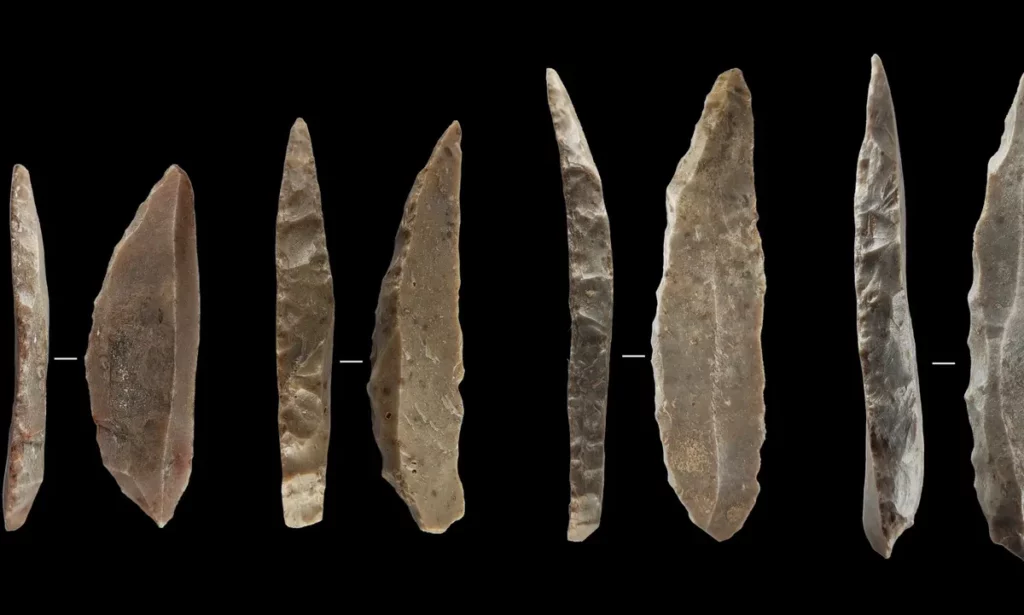At some point in history, modern humans and Neanderthals met. We know this for sure because we see genetic traces of Neanderthals in some humans, and there’s also archaeological evidence pointing to it. But exactly when and for how long the two species coexisted has been an open question.
Now, a study that dated archaeological sites in France and Spain showed that 40,000 years ago our ancestors overlapped there with Neanderthals for up to 2,800 years.

Previous research by Swedish paleogeneticist Svante Paabo, who was just awarded the Nobel Prize in Medicine last week, showed that people of European descent (and almost everyone in the world) have a small percentage of Neanderthal DNA. The extent of our interaction with Neanderthals has been the focus of many scientific investigations because it could mark a key moment in our evolutionary history.
“We know that humans and Neanderthals met and integrated in Europe, but we have no idea in which specific regions this actually happened,” Igor Djakovic, a researcher at Leiden University and first author of the analysis, said in a statement. “We found many similarities in the way the two species were producing material culture and behaving.”
Overlap and interactions
Djakovic and his team excavated 10 archaeological sites spanning across the southwest, central, and Mediterranean France and northern Spain and uncovered Neanderthal and modern human artefacts. They then used modelling to estimate their date range and infer the earliest and latest dates the human groups could have been present at the sites.
The study estimates that the Neanderthal artefacts first appeared between 45,343 and 44,248 years ago, and then disappeared from the area between 39,894 and 39,798 years ago, shortly before becoming extinct. Meanwhile, modern humans were estimated to appear between 42,653 and 42,269 years ago, and never left, suggesting an overlap of up to 2,900 years.
There is also archaeological evidence that supports this assumption.
During this window of overlap, there are signs of a significant “diffusion of ideas” by both humans and Neanderthals, the researchers said. The period saw a significant transformation “in the way people produced material culture, such as ornaments and tools, they added. Basically, artefacts created by Neanderthals even started looking like those made by humans.
While it’s not the first time researchers suggested modern humans and Neanderthals overlapped in Europe during this period, the revised dates offer a narrower window into such an event, the researchers said. This overlap would have given enough time for generations of humans and Neanderthals to meet, interbreed and share toolmaking tips.
Breeding with a larger human population would mean that, over time, Neanderthals, were “effectively swallowed into our gene pool,” Djakovic said. “When you combine that with what we know now – that most people living on Earth have Neanderthal DNA – you could make the argument that they never really went extinct, in a certain sense,” he added.
The study was published in the journal Scientific Reports.






